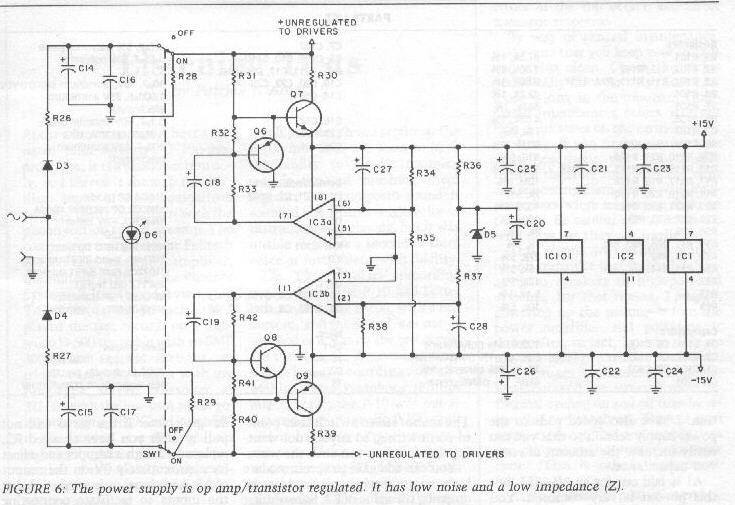rock soderstrom
Tour de France
Hi folks,
I recently looked around the web for alternatives to textbook LM7X15 regulator circuits. I found a few pages on this subject and I learned that the super regulators mentioned are all incredibly good on paper.
So my question is, why are these types of regulators so rarely used in ProAudio circuits?
Are the classic, integrated LM7X15 circuits simply good enough?
Wouldn't it be an advantage to use such super regulators in a mixer, for example, as a bipolar voltage source for the operational amplifiers?
Couldn't a 70dB microphone amplifier noticeably benefit from the super low noise values or the very good PSRR values of these regulators?
What do you think?
Cheers
Source for PCB and some links with info and measurements:
https://diyaudiostore.com/products/super-regulator
I recently looked around the web for alternatives to textbook LM7X15 regulator circuits. I found a few pages on this subject and I learned that the super regulators mentioned are all incredibly good on paper.
So my question is, why are these types of regulators so rarely used in ProAudio circuits?
Are the classic, integrated LM7X15 circuits simply good enough?
Wouldn't it be an advantage to use such super regulators in a mixer, for example, as a bipolar voltage source for the operational amplifiers?
Couldn't a 70dB microphone amplifier noticeably benefit from the super low noise values or the very good PSRR values of these regulators?
What do you think?
Cheers
Source for PCB and some links with info and measurements:
https://diyaudiostore.com/products/super-regulator





















![Electronics Soldering Iron Kit, [Upgraded] Soldering Iron 110V 90W LCD Digital Portable Soldering Kit 180-480℃(356-896℉), Welding Tool with ON/OFF Switch, Auto-sleep, Thermostatic Design](https://m.media-amazon.com/images/I/41gRDnlyfJS._SL500_.jpg)














